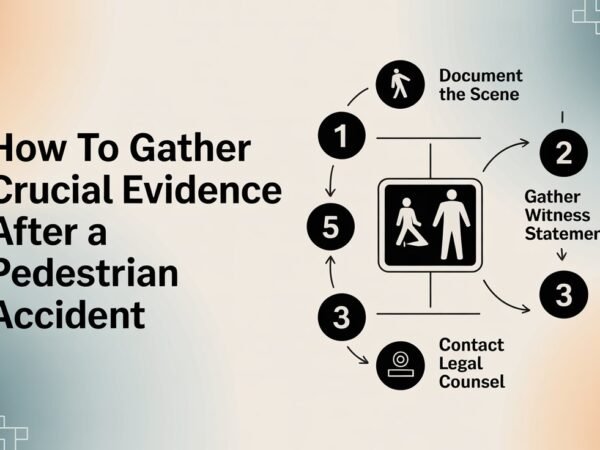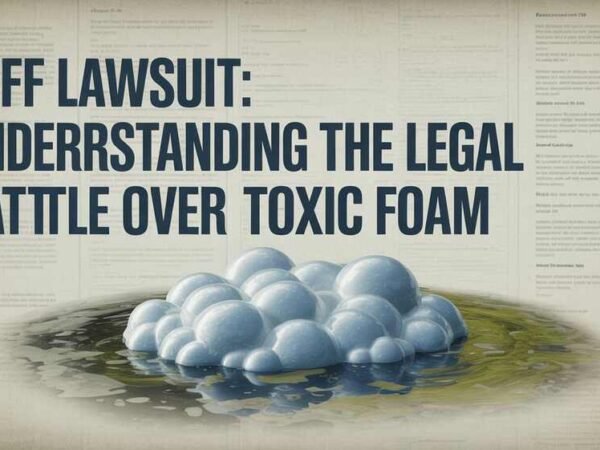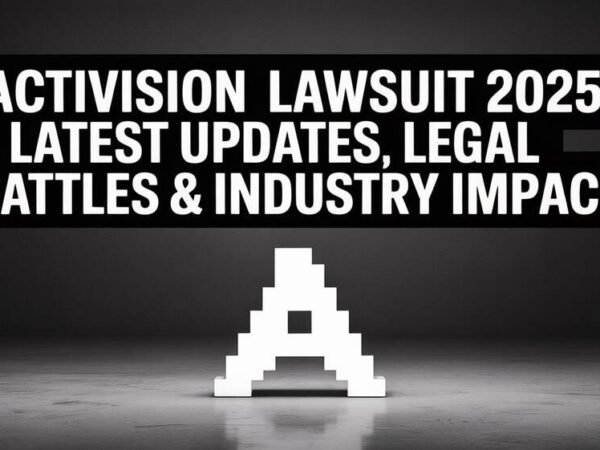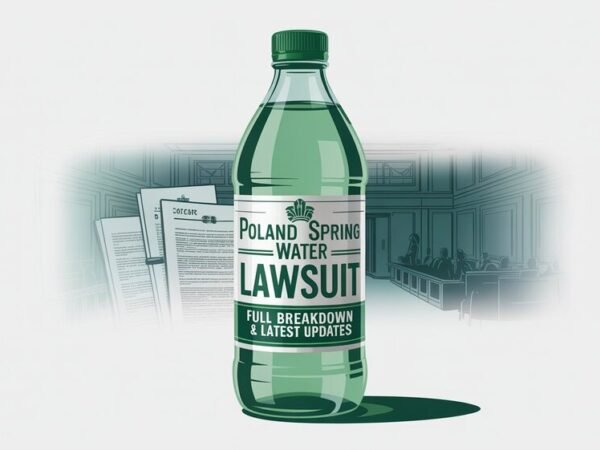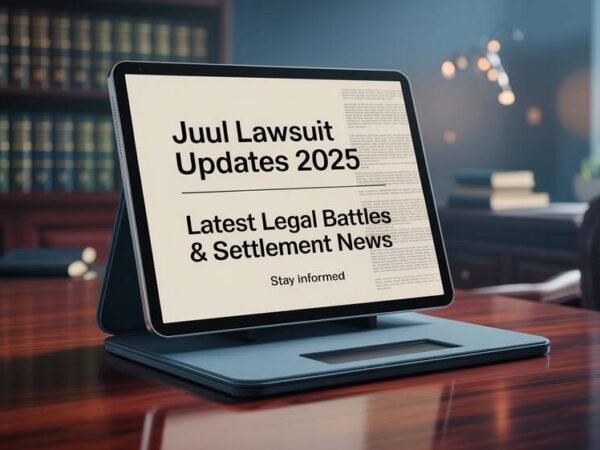The “Justin Baldoni lawsuit” has captured significant attention in legal and public circles, emerging as a complex case that touches on several important themes in contemporary discourse. This article provides an in-depth analysis of the case, exploring its background, the unfolding timeline of events, the central allegations, legal counteractions, and how media and corporate interests have interplayed with the litigation. Each section of this article examines the multifaceted nature of the dispute and its ramifications while maintaining an objective, fact-based overview without promoting any individual.
Overview of the Legal Controversy
The legal controversy surrounding the “Justin Baldoni lawsuit” centers on events that have raised serious questions about reputational harm, digital privacy, and the responsibilities of public figures and their representatives. The case has garnered attention for its legal intricacies and because it highlights broader accountability issues in high-profile disputes. The lawsuit has generated public discourse on the ethical and procedural dimensions of defamation and legal response tactics. As allegations surfaced and counterclaims were filed, the case has developed into a battle where documented court filings, media leaks, and the complex interplay between public relations and legal strategy are all critical elements. This article sets out to provide clarity on these aspects, offering a comprehensive breakdown for readers who want to understand the detailed legal journey without the influence of celebrity culture.
Timeline of Events Leading to the Lawsuit
The chronology of events in the “justin baldoni lawsuit” reveals a series of incidents that have steadily escalated the conflict. Initially, the dispute began with a series of public statements and digital communications that were leaked to media outlets. These documents purportedly detailed allegations that led to both public and legal scrutiny. As the situation progressed, each incident triggered additional legal steps from both sides, resulting in a well-documented timeline that encapsulates accusations, counterstatements, and subsequent legal maneuvers.
The early stages were marked by filing initial claims that outlined alleged misconduct, followed by rapid legal responses. These early filings not only set the groundwork for what was to become a drawn-out legal battle but also provided insight into the strategies adopted by the opposing parties. The timeline is replete with references to official court documents and informal communications that have entered the public sphere. Each phase of the dispute has added layers of complexity, with the legal community closely monitoring the evolution of the case and its broader implications on how allegations are managed in the digital age.
Central Allegations in the Case
At the heart of the “Justin Baldoni lawsuit” lie a series of specific allegations formally detailed in court filings. These allegations encompass a range of claims, focusing on defamation, reputational damage, and legal misrepresentation. The core of the dispute is centered around a set of statements that one side asserts were made in bad faith, leading to significant personal and professional harm. The lawsuit claims that disseminating certain public statements and leaked communications amounted to a deliberate attempt to cause reputational damage.
In legal filings, allegations were contextualized within the digital communications framework and intermediaries‘ responsibility in safeguarding private correspondences. The claim extends to how these statements were obtained and subsequently publicized. This aspect of the case raises critical questions about privacy and how public discourse should be allowed to influence personal reputations in digital media. With each new piece of evidence presented, the lawsuit delves deeper into the ethical considerations surrounding free expression and the boundaries of legal accountability in cases where communication and public trust collide.
Legal Counteractions and Defenses
In response to the central allegations, the defense has mounted a robust set of counteractions to challenge the claims presented in the “Justin Baldoni lawsuit.” Rather than simply contesting the validity of the allegations, the legal defense has sought to turn the narrative around by asserting that the claims are either exaggerated or factually incorrect. Official responses include detailed legal arguments that attempt to dismantle the lawsuit’s basis, questioning the intent behind the leaked communications and the credibility of the evidence used to support the allegations.
The defensive strategy has involved filing counterclaims that question the motives behind the public dissemination of the contested materials. Legal teams on the defense side argue that the portrayal of the alleged misconduct is unsubstantiated and part of a broader pattern of defamation aimed at misrepresenting personal and professional actions. In these filings, there is also a concerted effort to highlight inconsistencies in timelines, discrepancies in documentary evidence, and potential manipulation of public sentiment. By addressing these issues head-on, the defense hopes to shift the focus from the initial allegations to a more nuanced debate about legal ethics and the responsibilities of media in high-profile disputes.
Public Relations and Media Involvement
An essential aspect of the “justin baldoni lawsuit” is the significant role played by public relations and media involvement. The interplay between legal processes and public narrative has been a defining characteristic of this case. Media coverage, amplified by social media platforms and digital leaks, has contributed extensively to shaping public opinion. However, this level of exposure has also introduced additional challenges in managing the legal proceedings, as external information leaks complicate the judicial process.
Publicists and media representatives have found themselves in a contentious space, balancing the need to inform the public with the risk of influencing judicial outcomes. The involvement of third-party PR firms has been scrutinized for potentially exacerbating tensions by selectively releasing information. In this context, legal motions have been filed to limit the scope of media involvement to preserve the court’s ongoing proceedings. The case is an essential study of how modern media dynamics intersect with traditional legal processes, raising questions about accountability and the ethical boundaries of public communication in sensitive legal matters.
Corporate and Third-Party Legal ImplicJustin Baldonilout from the “justin baldoni lawsuit” extends beyond the immediate parties to include several corporate and third-party entities. Some organizations have been drawn into the legal fray due to their indirect association with the events leading to the lawsuit. This includes cases where media publishers and other corporate entities have been implicated in further disseminating leaked documents. The lawsuit scrutinizes these companies’ role in fueling public interest and potentially compromising judicial neutrality.
Moreover, legal actions have been taken to sever ties between the individual parties involved in the core dispute and third-party representatives. These motions aim to isolate the legal issues from unrelated corporate actions, streamlining the court process and clarifying legal responsibility boundaries. This segment of the case underscores the importance of understanding how corporate policies and digital media protocols can influence individual legal battles. It also highlights the broader implications for companies that serve as intermediaries in the flow of information between private parties and the general public.
Current Status of the Lawsuit
As the court proceedings unfoldJustin Baldonistatus of the “justin baldoni lawsuit” remains a focal point for legal experts and the public. Ongoing filings provide a snapshot of the judicial process as it navigates between multiple motions, counterclaims, and public statements. Recent court documents have outlined motions to dismiss some of the allegations, while others have been set for further evaluation. Legal representatives from both sides continue to engage in a strategic battle, leveraging each new piece of evidence to influence court rulings and narrow the focus of the case.
The lawsuit has also been characterized by its dynamic nature—an attribute that is particularly important in understanding ongoing legal disputes. With scheduled hearings and potential appeals looming, there is a palpable sense of anticipation regarding the eventual resolution. The legal community remains divided on the likely outcomes, reflecting broader debates about legal accountability in cases that intersect with public life and digital media. The current status underscores the complexity of the proceedings. It serves as a reminder that high-profile lawsuits like this are often multi-layered, with each new development offering fresh insights into the legal strategy.
Impact on Broader Legal and Social Issues
Beyond the imJustin Baldoni concerns, the “Justin Baldoni lawsuit” has far-reaching implications for broader legal and societal issues. One of the most significant questions raised by the case relates to digital privacy and the limits of public disclosure. In an era where digital communications can be both persistent and widely accessible, the legal battle highlights the need for updated frameworks to protect individuals against reputational harm while ensuring a free flow of information.
This case is also viewed as a potential precedent-setting event, with implications for how similar cases might be handled. Legal experts have pointed out that the outcomes of this lawsuit could influence future litigation strategies, particularly in areas involving media manipulation and defamation. Furthermore, the interplay between corporate liabilities and individual legal responsibilities is receiving increased scrutiny, prompting discussions on whether existing laws adequately address the challenges posed by modern communication technologies. The societal ramifications extend into the realm of public trust as debates continue about the balance between transparency and privacy in an increasingly connected world.
Future Legal Trajectory and Case Outlook
The future legal trajectory of the “justin baldoni lawsuit” is laden with uncertainty and potential for significant developments. Legal experts predict that, as new evidence emerges and additional filings are submitted, the case will continue to evolve in a manner that challenges traditional legal paradigms. Possible outcomes range from a negotiated settlement to a protracted trial that could set new benchmarks for adjudicating similar disputes. Speculation within legal circles centers on how the outcome might influence broader legal norms surrounding defamation, privacy, and digital communications.
There is also considerable debate about the impact that court rulings in this case might have on public policy. For instance, should the court favor stricter protections against unwarranted public disclosures, there could be a push for new legislative measures to safeguard individual reputations in the digital age. Conversely, a ruling that favors broader freedoms for public discourse might reinforce current practices, albeit with increased calls for accountability. In either scenario, the outcome will contribute to a more nuanced understanding of how legal frameworks must adapt to meet evolving technology and media landscape challenges.
Conclusion
The “Justin Baldoni lawsuit” is more than a high-profile legal battle—it is a case study of how modern legal challenges intersect with public discourse, digital privacy, and media accountability. Throughout the timeline of events, the case has revealed a multifaceted conflict where allegations, counterclaims, and strategic legal maneuvers form a complex web. As the legal process continues, the case remains a touchstone for discussions on the limits of public disclosure, the responsibilities of media intermediaries, and the evolving nature of legal accountability in the digital era.
This comprehensive breakdown has provided insight into each crucial aspect of the lawsuit—from its inception to its current status and potential future impact. By examining the specific legal claims, the counteractions mounted by the defense, and the extensive media coverage, the article underscores the importance of understanding such disputes’ legal and societal Justin Baldonitimately, the “justin baldoni lawsuit” serves as a reminder that in today’s digital age, legal accountability and reputational management are more intricately linked than ever before, demanding a careful, balanced approach that upholds the integrity of legal proceedings and the rights of individuals involved.
In summary, while the public dJustin Baldonies around the “justin baldoni lawsuit,” the case remains an evolving narrative that will likely influence legal norms and public policy for years. By examining its various dimensions in depth, this article aims to provide readers with a well-rounded view of a complex legal battle, ensuring that the discussion remains focused on the issues rather than the personalities involved.
Do Read: How True North Law, P.A. Helps Parents Navigate Custody Disputes




